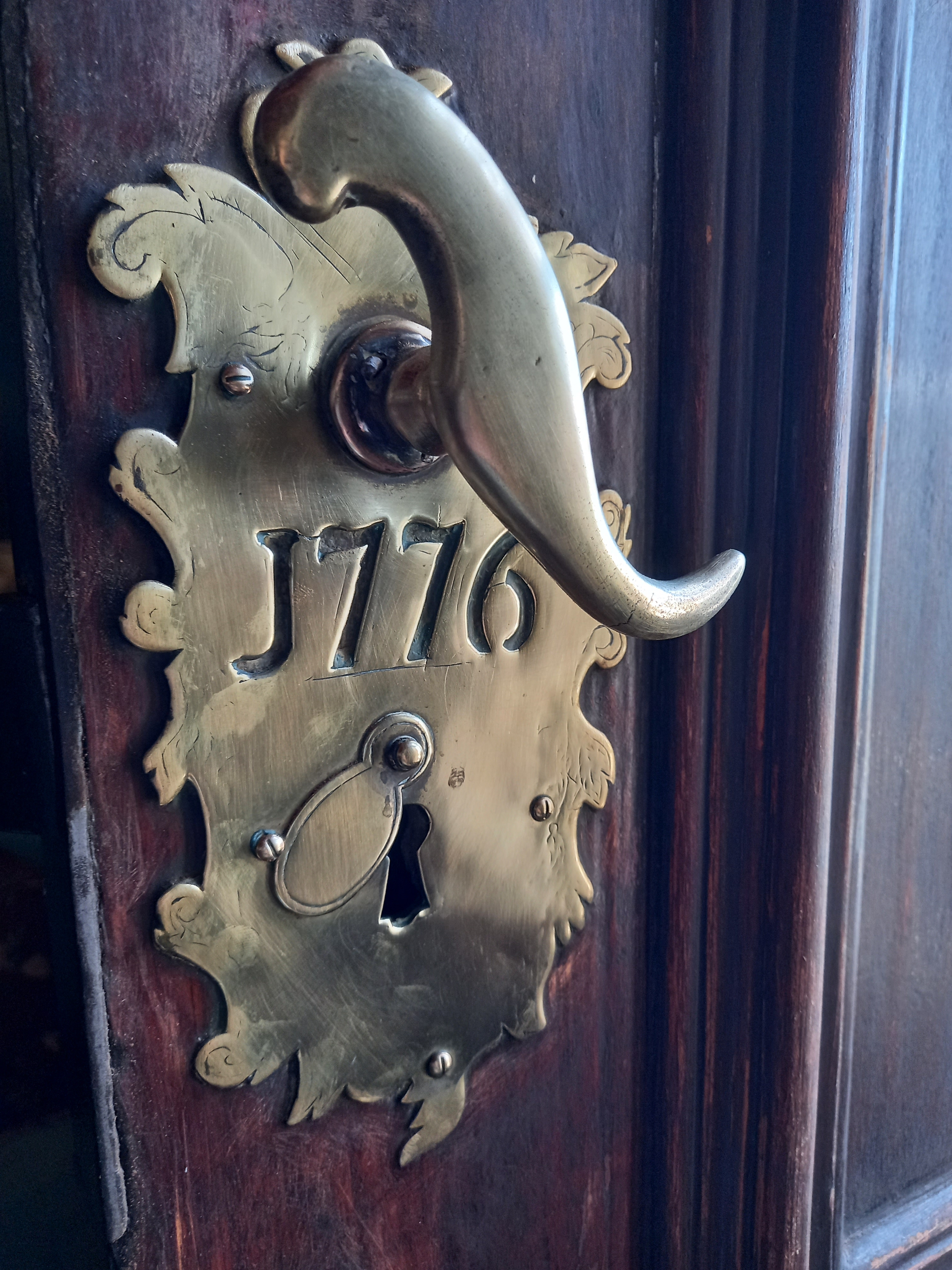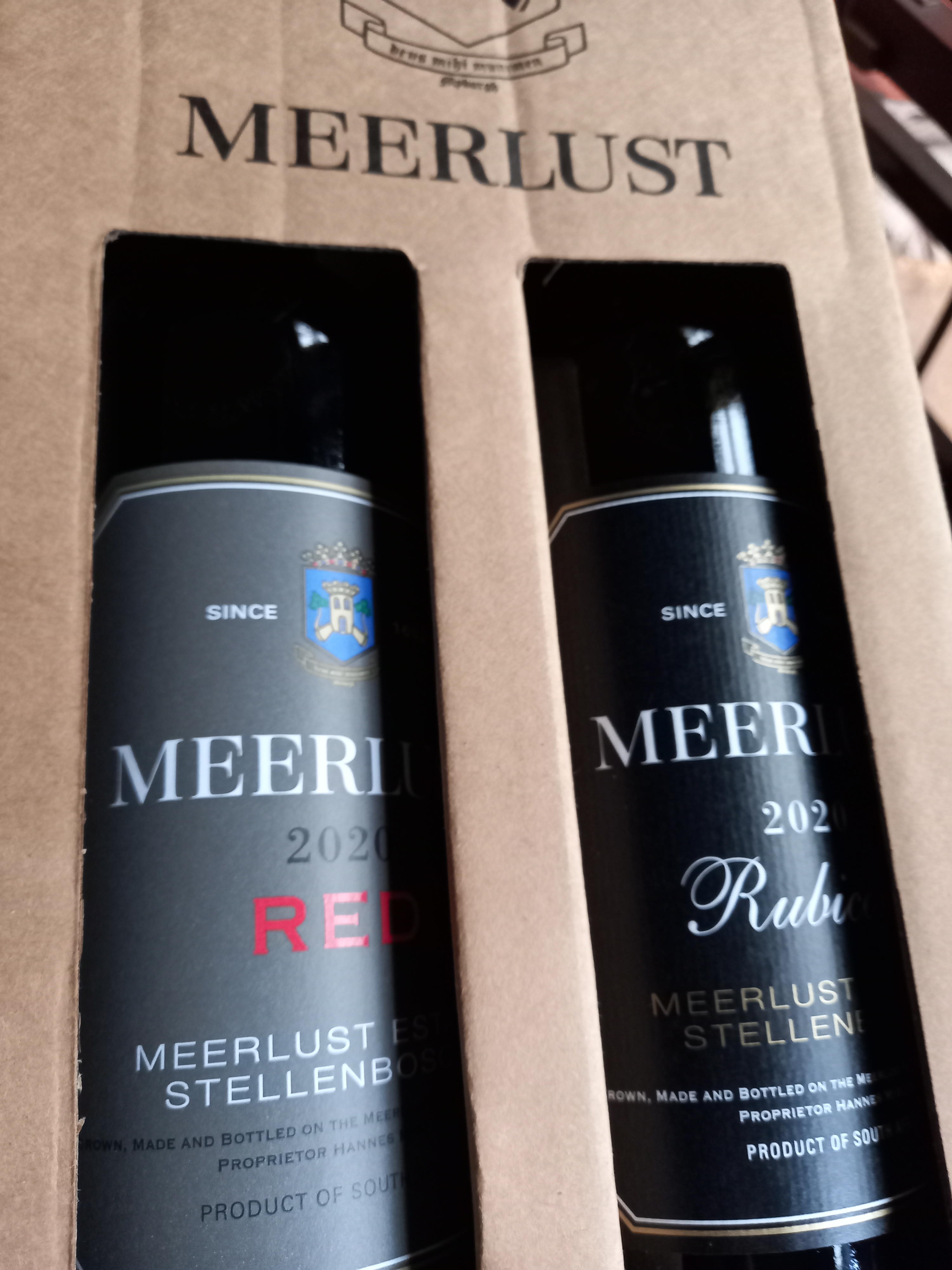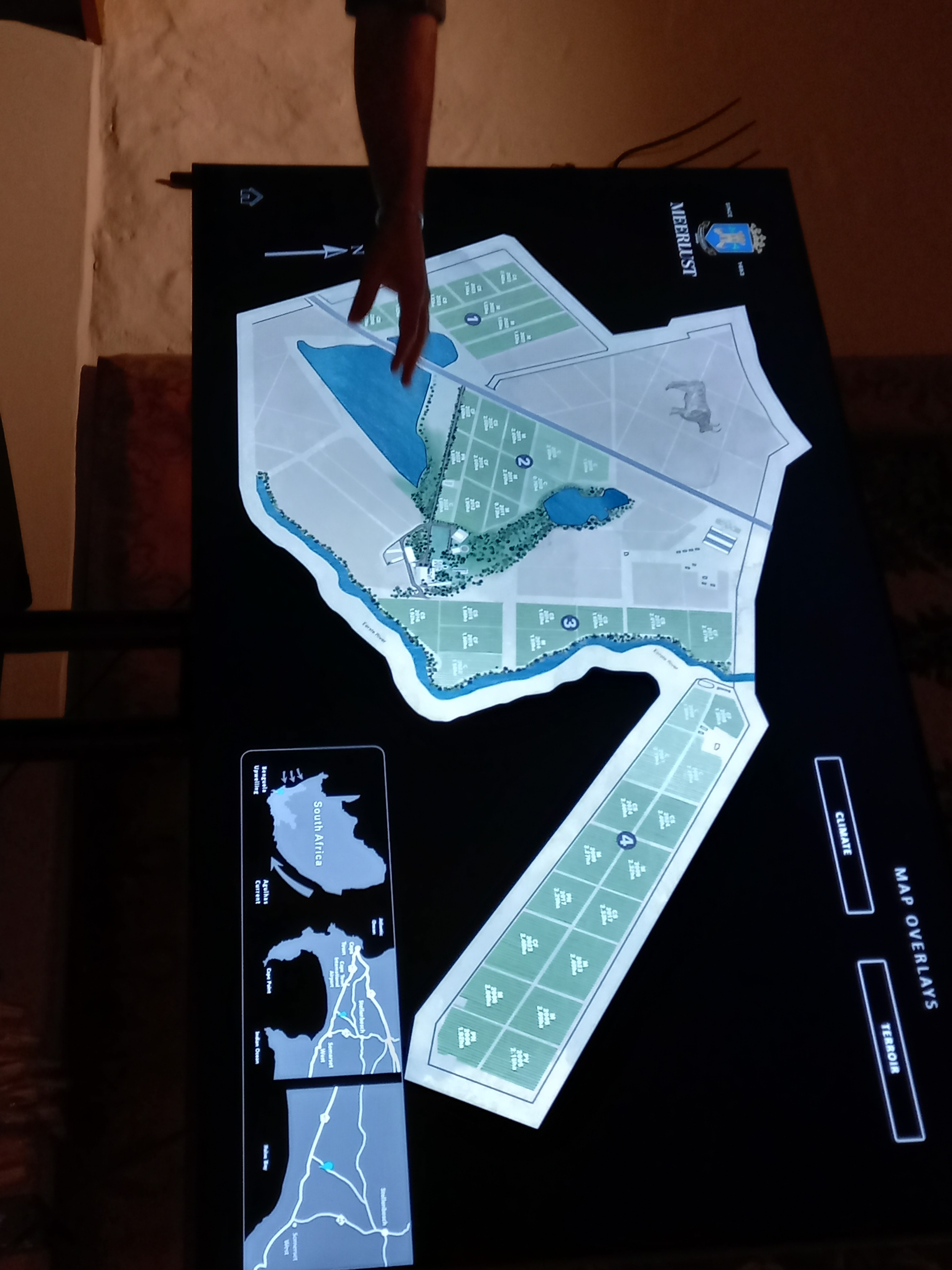You really think you know a place… until you’re confronted with a new set of facts that forces you to look at it through an entirely new lens.
That’s exactly what happened on a recent visit to Meerlust, a name which is arguably one of South African wine’s most recognisable, locally and abroad. For years, before the floodgates to international markets opened post-1994, Meerlust Rubicon was probably the one wine most often associated with South Africa in the export market. The Stellenbosch powerhouse set the benchmark for SA Bordeaux-style blends for everyone else to follow.

And while its sales have always been brisk, Meerlust itself somehow was overlooked in the all-too-understandable pursuit of the newest, most in vogue, “shiny new thing” that everyone chased after…
So umpteenth generation heir Hannes Myburgh and his rejuvenated team of cellarmaster Wim Truter, winemaker Altus Treurnicht and marketer Deidre Taylor decided to rectify that. A handful of wine writers were taken on a bakkie tour of the farm – because the emphasis in the past decade has been on replanting, making sure the right grapes are in the best spots possible.
Meerlust has trimmed plantings from around 100 hectares to 80, of which roughly 60 are currently in production. Naturally that means the label has taken a hit in terms of volumes of wine available. Production of the iconic Rubicon, for example, in 2020 ran to 20 000 cases by six – or 120 000 bottles. In 2021 that increased to 22 000 cases but Deirdre Taylor said by vintage 2025, they should be up to around 28 000 or 29 000 “which is where we need to be to supply the market,” she said.
As cellar chief Wim Truter explained there are four main areas of plantings: the lowlands which adjoin the residential development, De Wijnlanden – on the opposite side of the R310 route into Stellenbosch; the quarry, riverside vineyards which abut the Eerste River and then the Compagniesdrift slopes.
And it’s the latter area in which most of the Rubicon vineyards are found, just five kilometres from where the False Bay waves pound the shoreline, with north and north-west facing slopes which rise to 120 metres above sea level. But these slopes are affected by winds from the south and south-east – which are a natural devigorator. “We don’t have sea breezes, we have sea winds!” Truter joked, but then backed it up with the statistic that when heat spikes hit Stellenbosch in mid-February, Meerlust is between 3 and 5 degrees cooler than the university town. That’s significant for ripening and phenolics, he said.
Previously, most vineyards were centred around the homestead and near the river. “There’s a huge difference in the makeup of the vineyards between 2004 and 2021,” Truter said when leading the tasting of Rubicon 2004, 2009, 2017 and 2021.

“What we’ve learned is that early is better: from getting into the vineyards and pruning earlier to picking earlier than we would have in years gone by,” Truter revealed. “We don’t approach each vintage with a recipe. What I’ve found is that Merlot provides the most amazing backbone for Rubicon but I get good phenolic ripeness on Cabernet Sauvignon – even when picking earlier – and the alcohol is around 13.5%.” Because the vineyards are vinified separately, there are 55 diverse components which come into consideration when finalising the Rubicon blend!
This was the interesting part of the tasting: those present were treated to eight wines to sample, four each of Merlot and four of Cabernet Sauvignon. The Merlot was from the river terraces and quarry with two components from Compagniesdrift – one vinified in a large foudre, the other in smaller barrels. The four Cabernets clearly showed the differences between the four areas: river terraces, lowlands, quarry and Compagniesdrift. It wasn’t necessarily a flavour difference but rather one of texture, mouthfeel, structure and tannin.

And that’s before considering the new Chardonnay and Pinot Noir plantings in the greywacke soils near the quarry which Truter is excited about. It’s virtually a new farm nowadays.
On reflection, the funky new things, the shiny bright labels, the trendy wines “du jour” which the spiteratti talk, blog or tweet about; they will never boast the gravitas, the 300-plus year history, the family heritage and the reputation which Meerlust has. Its reputation is deserved but it will no doubt be burnished once the impact of the planting renaissance is truly felt in a few years’ time.
Fiona McDonald
Captions
(Meerlust 1)
The brass escutcheon plate on the Meerlust homestead front door tells its own tale …
(Meerlust 4)
A graphic representation of the four distinctly different main areas of vineyard: from the lowlands on the left, to the quarry, riverside and Compagniesdrift slopes on the right
(Meerlust 7)
Back in 1980, Rubicon was the second ever Bordeaux-style blend made in South Africa and it was first released in 1984, 40 years ago!